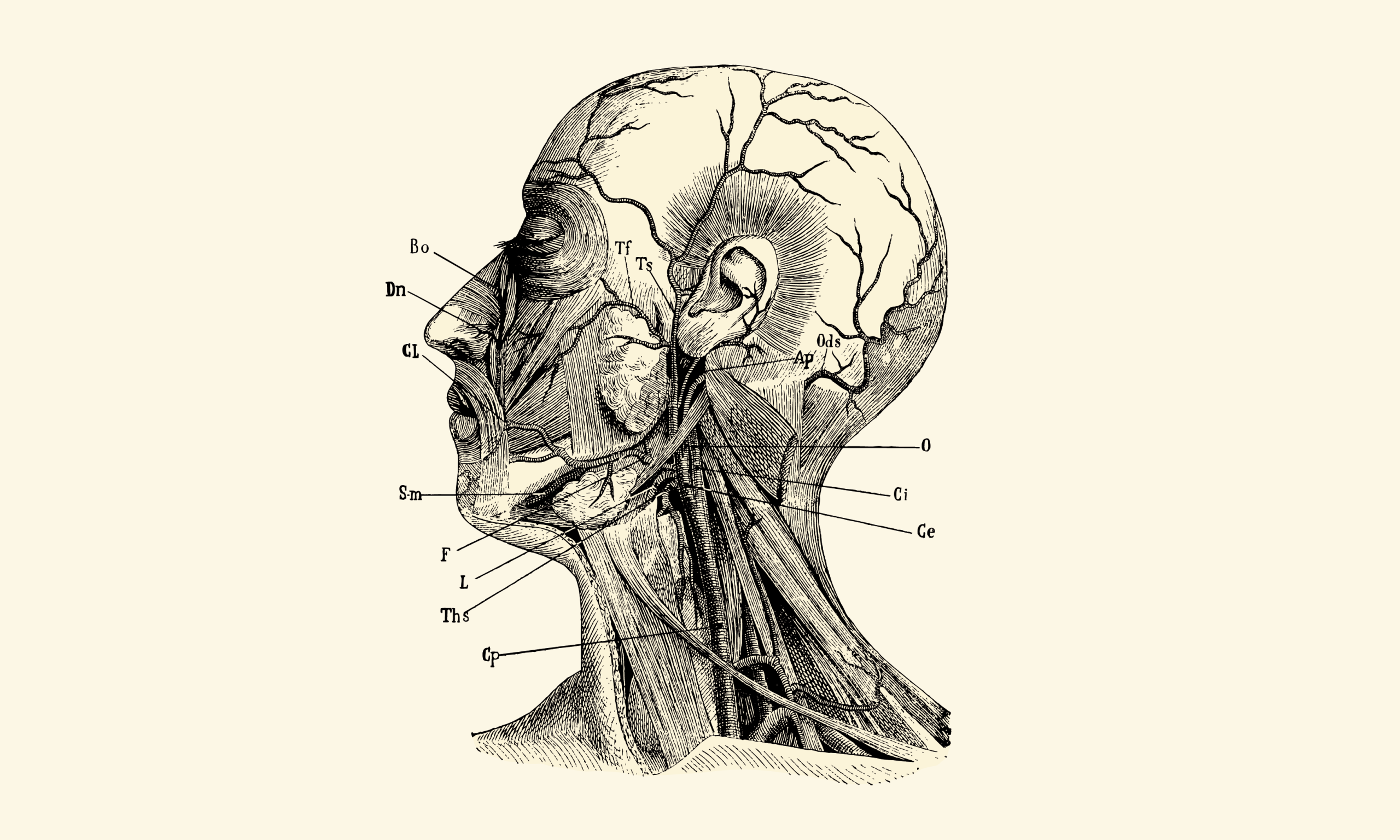Now Reading: Leadership and Strategy: The Head Behind the Body
-
01
Leadership and Strategy: The Head Behind the Body
Leadership and Strategy: The Head Behind the Body

Swift Summary
- The Body Has a Head by gustav Eckstein, originally published in 1969, is an unconventional exploration of the human body and mind, blending scientific descriptions with literary storytelling reminiscent of James JoyceS style.
- The book offers vivid and metaphorical depictions of biological processes, such as digestion described as molecular warfare and pain likened to orchestral music.
- Eckstein draws connections between anatomy and daily life while narrating in a flamboyant style mixing personal anecdotes and historical figures like Einstein, Pavlov, Beethoven, Nietzsche, and more.
- Despite its unique approach to science writing, critics noted the omission of women from the prominent philosophical or scientific discussions featured in the book. Georgia O’Keeffe receives minor mention.
- Eckstein was a multifaceted individual-dentist turned doctor and professor-who incorporated eccentric habits into his academic life such as keeping birds free-roaming in his lab alongside mice while at work on various literary projects. He authored eight books prior to this one.
- The author was known for his curious mind; anecdotes from friends portray him as an imaginative man deeply fascinated by everything around him.
Indian Opinion Analysis
Eckstein’s innovative blend of science with art underscores an important viewpoint relevant to global education systems: how interdisciplinary approaches can inspire broader engagement with complex subjects like medicine or biology.His ability to convey intricate anatomical mechanisms through playful analogies highlights how transformative interaction methods can simplify even dense technical concepts for general audiences.
For India, which continues prioritizing education reform under frameworks like NEP (National education Policy), texts such as The Body Has a Head could provoke valuable discussions regarding curriculum design focusing on creative pedagogy that bridges arts with sciences-a gap often seen in STEM-specific programs across many Indian schools today.
As modern nations embrace holistic advancement strategies integrating creativity into knowledge dissemination fields ranging healthcare evolution similar persuasive modes paving real-time impact-space generations elevate societal understanding overall
























